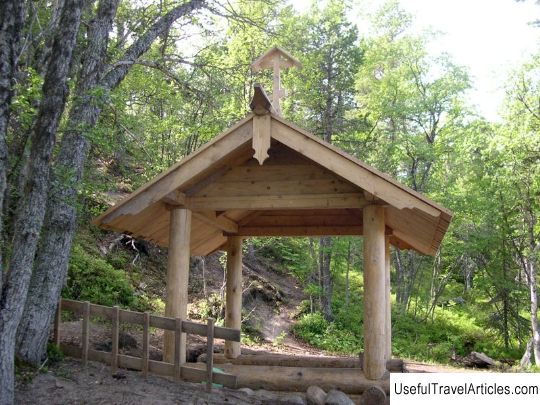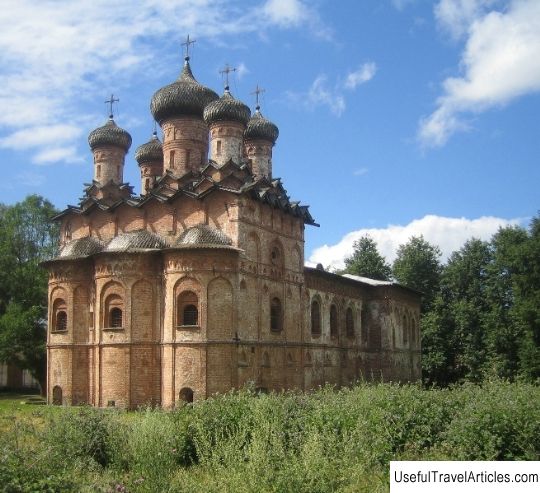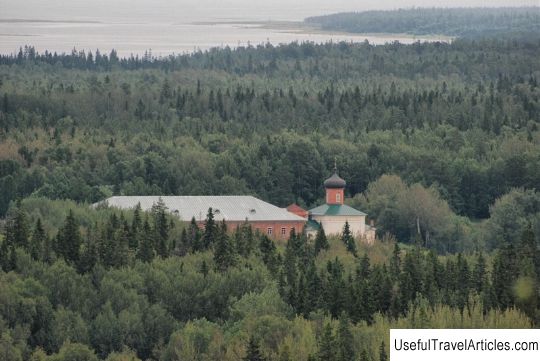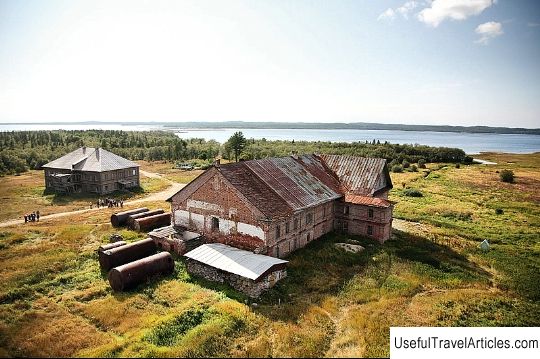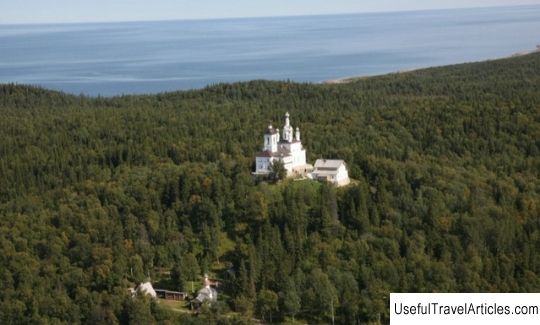Holy Trinity Skete description and photos - Russia - North-West: Solovetsky Islands
Rating: 8,5/10 (198 votes) 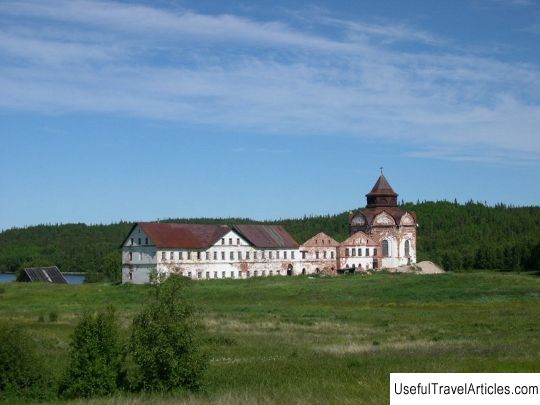
Holy Trinity Skete description and photo - Russia - North-West: Solovetsky Islands. Detailed information about the attraction. Description, photos and a map showing the nearest significant objects. Photo and descriptionAnzer Island was uninhabited before the Solovetsky Monastery was founded on it. Only sometimes the courts of the White Sea traders and merchants found refuge here. After the founding of the monastery on the island, monks and monastic workers, engaged in animal and fishing, lived here from time to time. It is known that in the 15-16 centuries monks who were looking for solitude were removed to the island from the monastery. In the 16th century, monastic salt works were identified on Anzer. More than seventy people worked here at that time. For salt-makers in 1583, a church built of wood in the name of Nicholas the Wonderworker was moved from the monastery. Towards the end of the 16th century, the salt pans were closed and the island was empty again. In the autumn of 1615, the Solovetsky monk Eleazar settled on Anzer. The rumor about the exploits of Eleazar attracted worldly people to him, who settled not far from his cell. In 1620, by decree of Patriarch Filaret, it was ordered to establish a skete on this island in honor of the Life-Giving Trinity. The place for the skete was chosen by the Solovetsky abbot Irinarkh. That is why in 1621 a two-altar church was built there, built of wood in the name of the Life-Giving Trinity and the Monk Michael Malein. Rich church utensils were brought from the capital. The brethren (it numbered twelve people) were given a rifle salary and were ordered to live in a "desert custom" - following the example of the skete fathers. Over time, the monk Eleazar was identified as the builder of the skete. By decree of the tsar, in the summer of 1633, the skete was separated from the Solovetsky monastery and became independent. Cash and rifle salaries went directly to Anzer. In the first half of the 30s of the 17th century, priest Nikita Minov (in the future Patriarch Nikon) arrived at the skete. Under the leadership of the Monk Eleazar, he made his contribution to the decoration of the church - he painted the image of the Savior not made by hands on canvas. Soon, by 1636, the number of inhabitants of the Trinity Skete reached twenty, and the church became crowded. It was then that the Monk Eleazar began collecting funds for the construction of a new church. In the winter of 1638, the sovereign ordered Hegumen Bartholomew and the Solovetsky brethren to build in the Anzersky skete a church made of stone "Signs" of the Most Holy Theotokos with a refectory. Trefil Sharutin, a stone master, was sent from the capital. But according to the report to Moscow by Hegumen Bartholomew, that the temple was being built on a larger scale than was prescribed, construction was stopped. In 1646, Tsar Alexei Mikhailovich ordered to re-build a stone church on the island. Troubles that happened in the Solovetsky monastery in 1668-1676. also affected Anzer. Anzersky skete was ravaged. However, the monks did not succumb to despondency, despite all the hardships. In 1704, the priest Job was chosen as the builder of the skete. Under the leadership of Job, the skete charter is being revived, the dilapidated buildings are being repaired, the necessary household supplies are being acquired, the library of the desert is being restored. In the early 1740s (under the builder Gleb), the church in honor of the Life-Giving Trinity was renovated, and a high bell tower was erected. A new chapel, built of wood, was built over the burial place of the Monk Eleazar. Later, in 1801 - 1803, a stone fraternal building with two floors was added to the Holy Trinity Church. In 1829, a two-storey building for pilgrims and workers was installed. Later, a boulder bath and other outbuildings appeared. Then a wooden chapel was built in honor of the Icon of the Most Holy Theotokos "The Sign". The architectural appearance of the skete has changed significantly. In 1924, after the Solovetsky monastery was closed, the VI department of the Solovetsky special-purpose camp was organized on Anzer. The Solovetsky prison was abolished in 1939, and the skete was in an abandoned state. All the structures and buildings of the skete were transferred in 1967 to the Solovetsky State Historical, Architectural and Natural Museum-Reserve. Since 1994, to this day, emergency operations have been carried out in the skete.     We also recommend reading Sverdlovsk Regional Museum of Local Lore description and photos - Russia - Ural: Yekaterinburg Topic: Holy Trinity Skete description and photos - Russia - North-West: Solovetsky Islands. |
